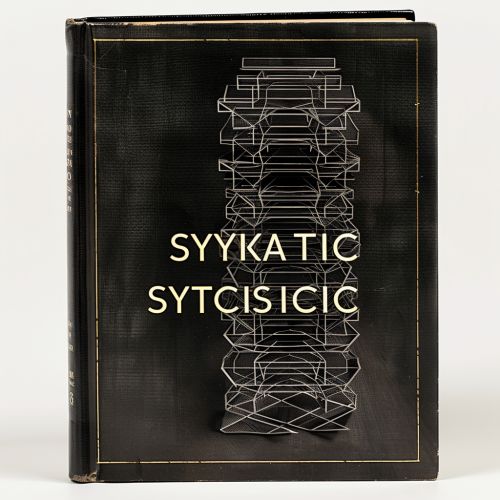Syntactic Structures
Introduction
"Syntactic Structures" is a seminal work in the field of linguistics, authored by Noam Chomsky in 1957. The book is renowned for introducing the concept of transformational grammar, a theory that has profoundly influenced diverse disciplines such as cognitive science, computer science, philosophy, and psychology.


Background
Before the publication of "Syntactic Structures", the dominant school of thought in linguistics was structural linguistics, which focused on the systematic study of language structures. However, Chomsky's work challenged this paradigm, proposing a radical shift in the way linguists understand the nature and function of language.
Transformational Grammar
The central idea of "Syntactic Structures" is the theory of transformational grammar. This theory posits that all human languages share a common underlying structure, known as the deep structure, which can be transformed into various surface structures through a set of grammatical rules.
Influence and Impact
The publication of "Syntactic Structures" marked a turning point in the field of linguistics, leading to the development of the generative grammar school of thought. The book's influence extended beyond linguistics, impacting fields such as cognitive science, computer science, philosophy, and psychology.
Criticism and Controversy
Despite its significant influence, "Syntactic Structures" has also been the subject of considerable criticism. Some linguists argue that the theory of transformational grammar is overly abstract and lacks empirical support. Others contend that it fails to account for the diversity and complexity of human languages.
Legacy
Despite the controversies, "Syntactic Structures" remains a landmark work in linguistics. Its revolutionary ideas have shaped the course of linguistic research for over half a century, and its influence continues to be felt in various disciplines today.
